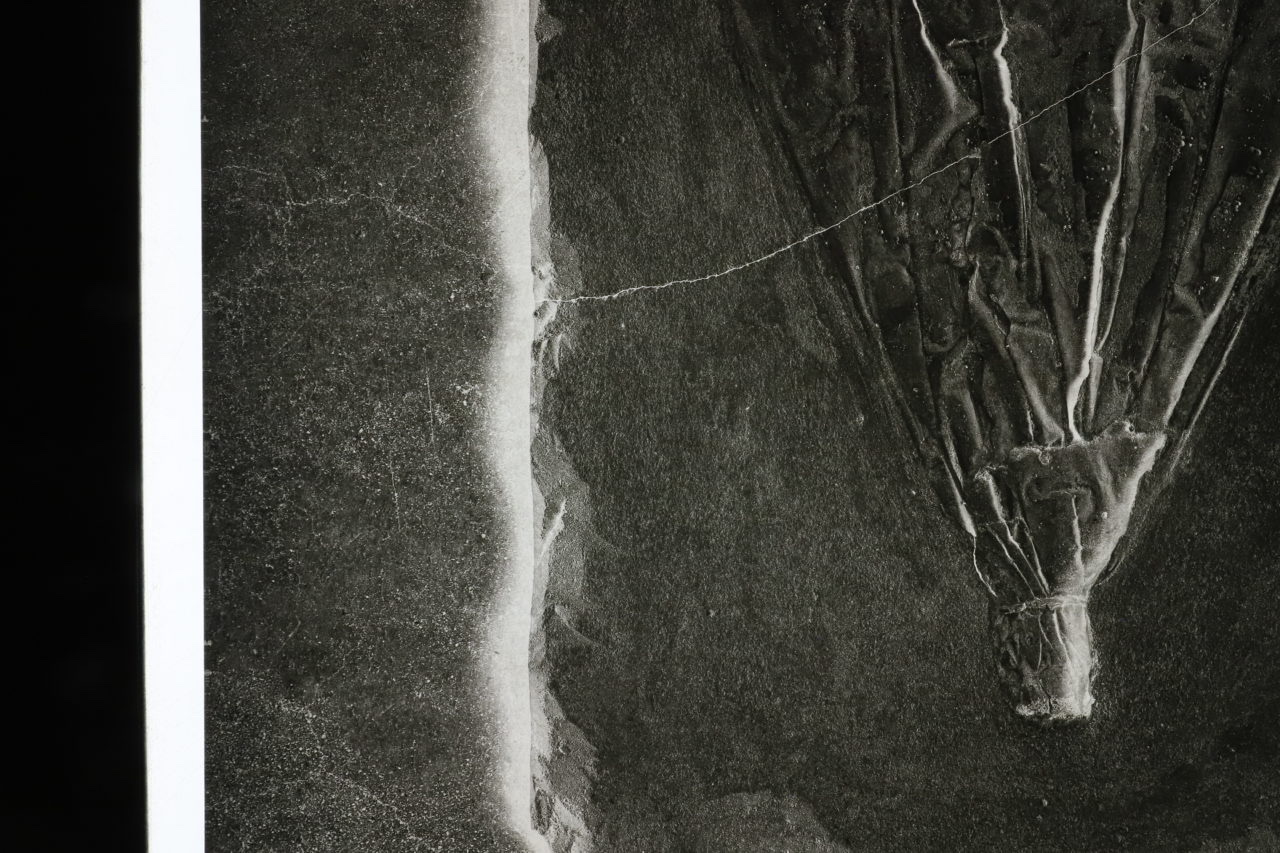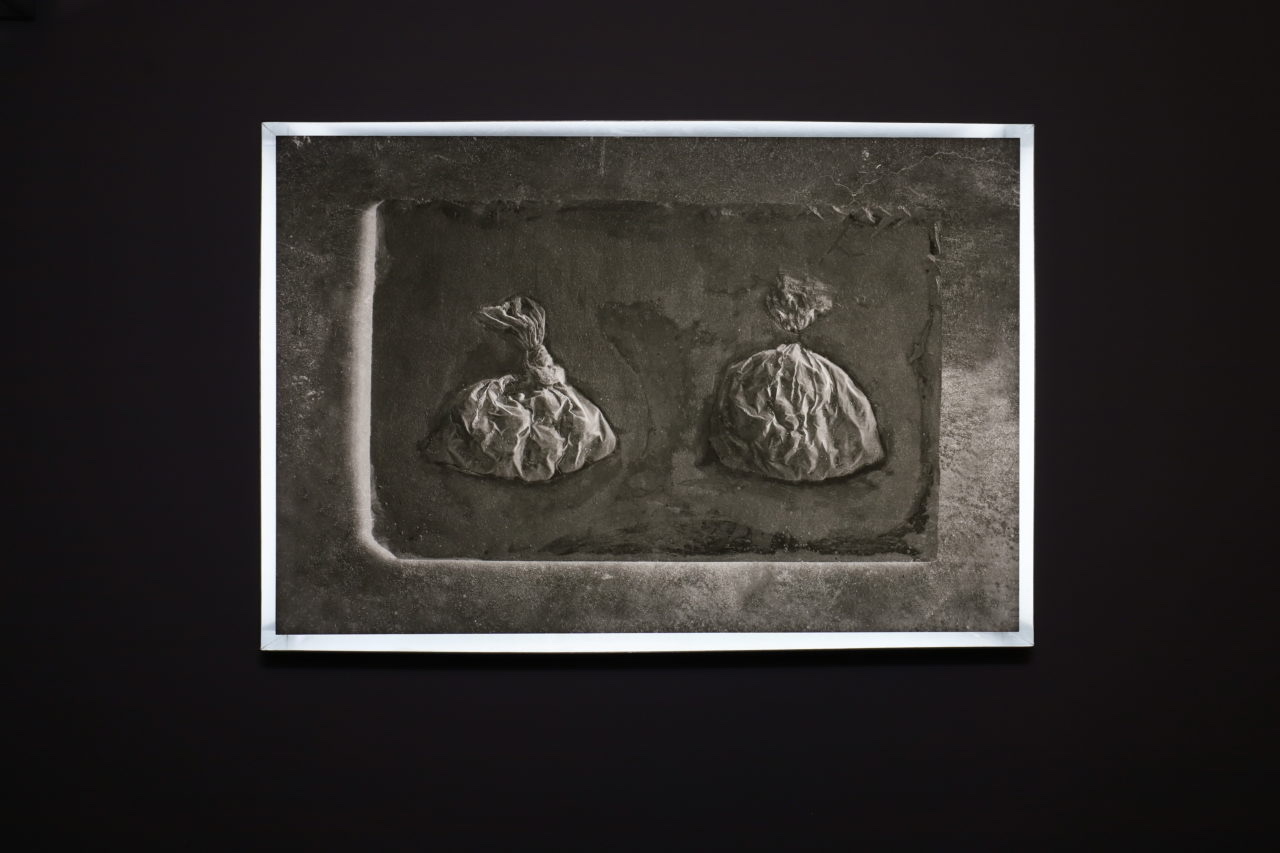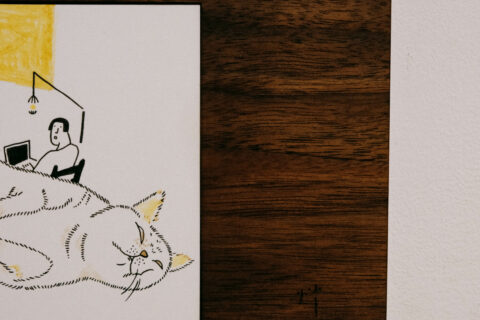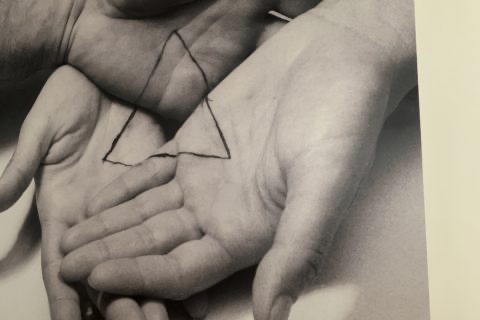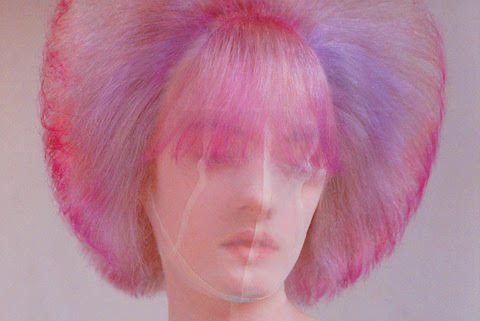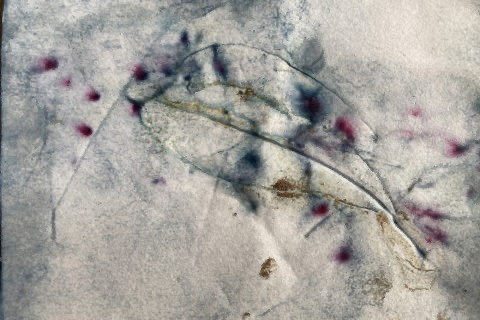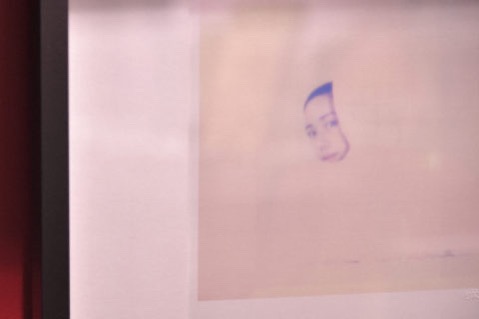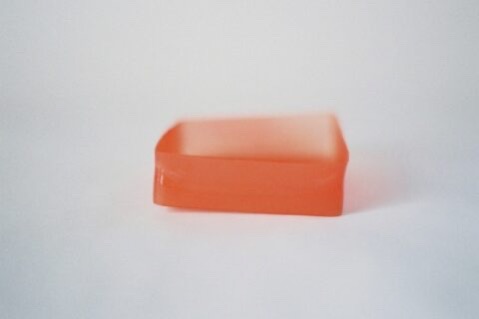
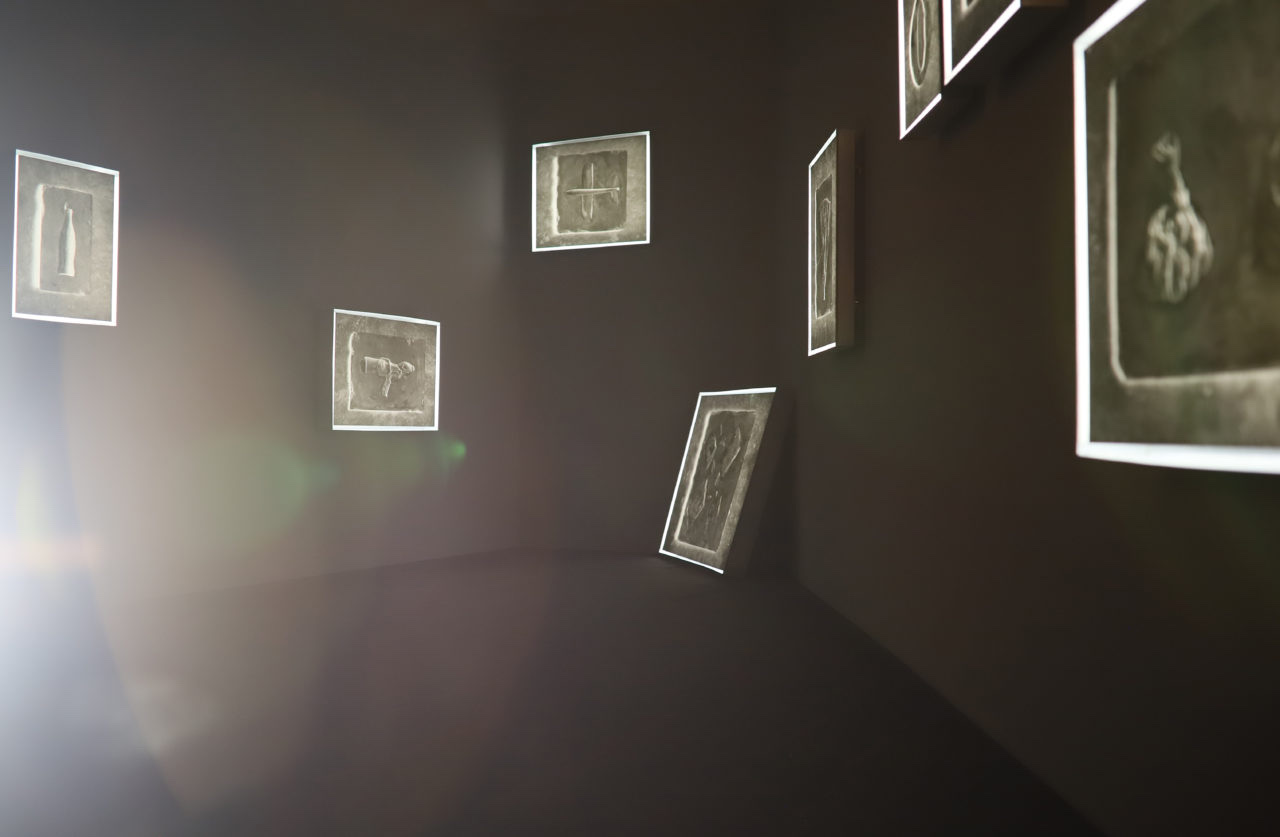
李卓媛,1992年於香港出生。2016年畢業於香港中文大學藝術系。2017年獲選為 New Light, 於光影作坊舉辦首個個展「填空補白 」,其後受邀到德國及台灣藝術駐村。今年,她以作品《缺景》(The Crescent Void)成為了 WMA Masters 大師攝影獎 2018/19的得主。她的攝影創作源自她對不同物料的探索與對日常生活的反思。
1. 你最喜歡自己的那一件作品呢?為什麼?
其實都喜歡。如果說是對我個人意義重大的作品,我會選「序」,那是一本以攝影蝕刻手法做的藝術書(Genesis, 2015| 2017, photo-etching artist book )。那時候於維也納當交換生,什麼創作的條件都沒有,我偷偷跑到人家的藝術學院借用版畫工作室印製這本六米長的藝術書。「序」以一顆雞蛋來拍攝創世記,以光影重構這一段未曾被見過的歷史。這作品成為了我2017於光影作坊首個個展「填空補白」的主軸作品,也延伸了許多日後的創作和想法。
2. 你創作的靈感從何而來?
通常是日常生活中快要被捨棄、消失、遺忘的種種。
3. 你希望能透過作品表達什麼?
我通常沒有特別想表達什麼,只想呈現一些東西。
4. 你有偏愛使用任何一種材料創作嗎?
淘泥也好,水泥也好,我偏好那種能被轉化,可塑性大的物料,能記錄肌理與質感。另外,影像中的灰調子讓我着迷。
5. 你認為自己會一直創作下去嗎?
大家都說藝術「離地」,但其實創作是很實在的。三分浪漫,七分勞動,需要解決各種難題,發掘「意外」中的美好,堅持對細節的執着。我想這是我實實在在地生活的方式,也很享受,會一直做下去。
6. 「回憶」對你來說是什麼?
白晝的月亮。
7. 記憶力出眾/善忘。請選一個以及解釋原因。
我選擇記憶。我們必需記得過去的自己,念記一切恩情,才可以把自己「定位」,並知道要走的方向。
8. 電子行事曆/書寫用手帳。請選一個以及解釋原因。
在緊急的情況下,我寫在手心上。
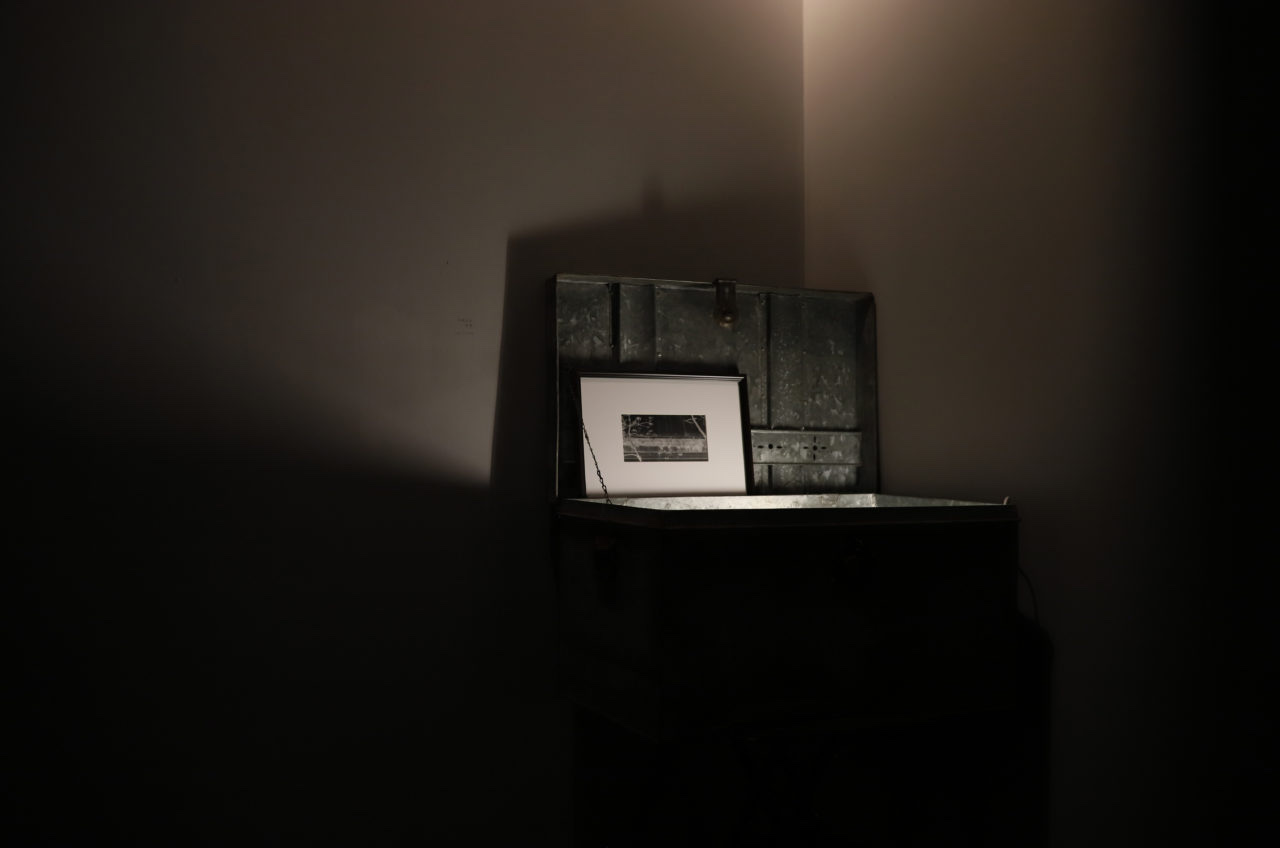
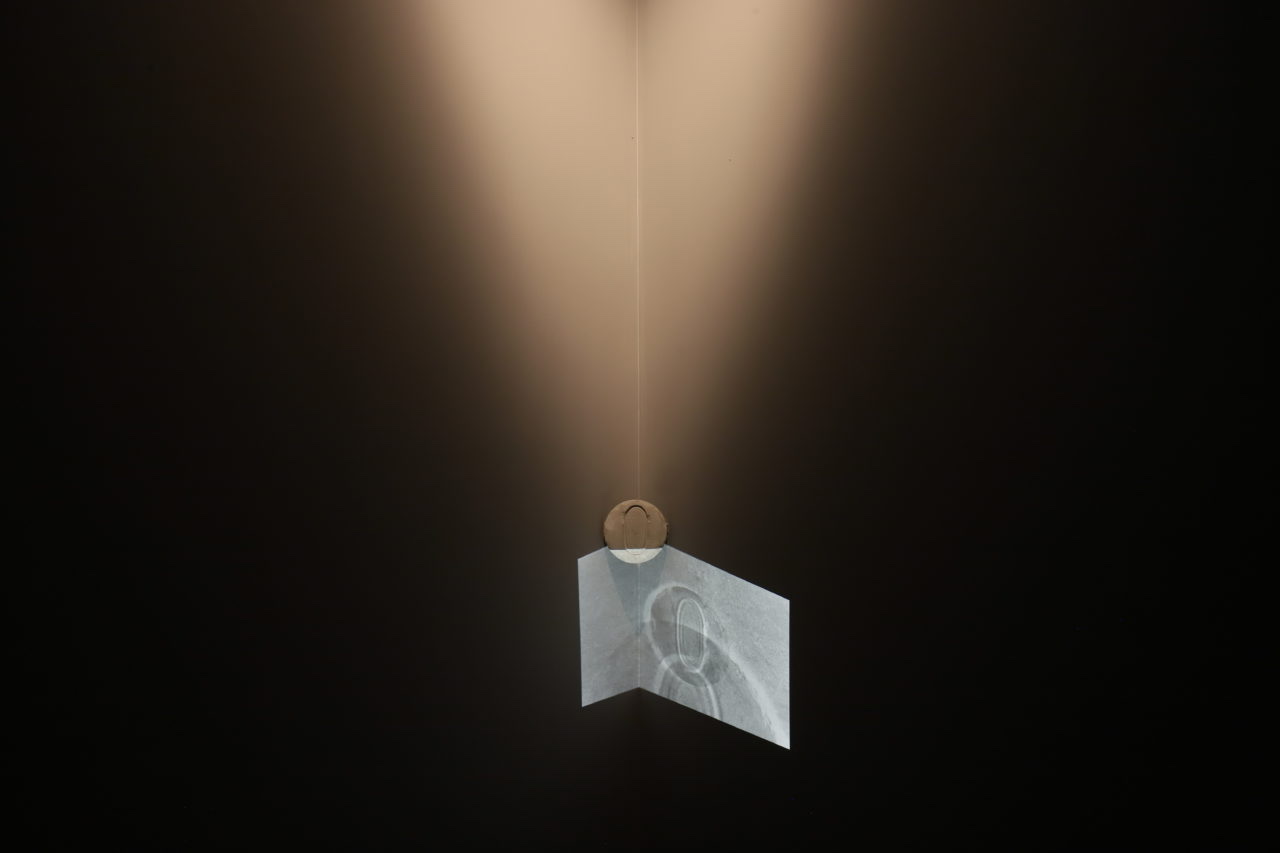
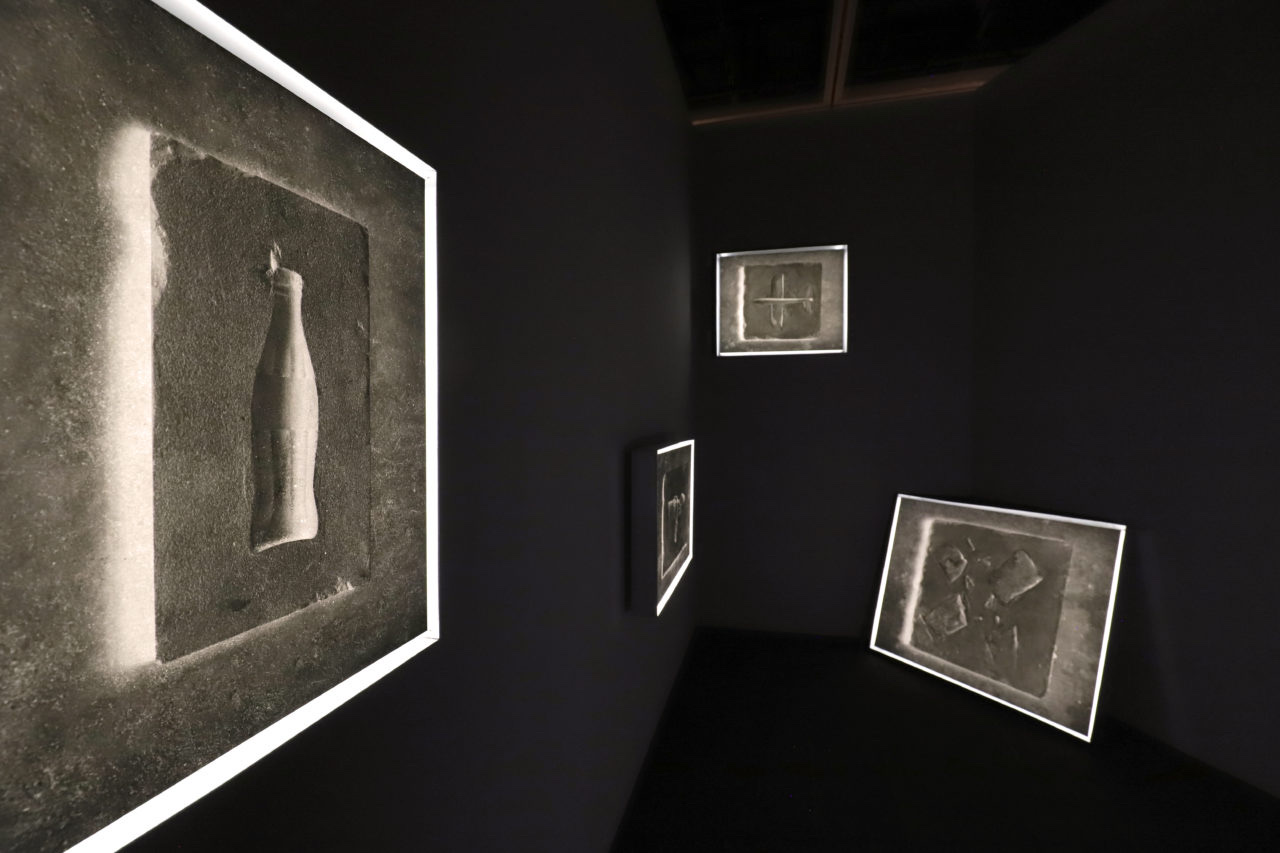
Sharon Lee was born in Hong Kong in 1992. After graduating from the Department of Fine Arts of the Chinese University of Hong Kong, Lee was featured in the “New Light” series of Lumenvisum gallery. She was also invited to Germany and Taiwan as an artist in residence. This year, her work The Crescent Void has entered the finalist round of the WMA Masters 2018/19. Lee’s photography is inspired by her keen exploration into various materials and reflection on everyday life.
1. Which is the favorite piece of work of yourself? Why do you like it the best?
To be honest, I like all of them. But if you asked me to choose a piece that means the most to me, I would say it’s Genesis, an art book I made using the photo-etching technique. The book was made from 2016 to 2017 when I was in Vienna as an exchange student. I didn’t have many resources for my art, so I just sneaked into some art school and used their relief printing machine to make this 6-meter-long art book. In Genesis, I used light and shadow reflected on an egg to recreate the history of Genesis that no living human has ever witnessed. Not only was this the major piece of work in my exhibition The Presence of Absence in Lumenvisum gallery, but it is also an inspiration to many of my creations and ideas.
2. Where do you get your inspiration from?
I’m usually inspired by things that are abandoned, disappeared or forgotten in ordinary life.
3. What are the messages that you would like to communicate through your works?
There is oftentimes no particular message at all. I simply want to deliver something.
4. Do you have a preference for the material?
Clay or cement. I prefer materials that transform and have great potential to document texture. I’m also fascinated by the grey tone in visual images.
5. Will you continue with the path as an artist?
People think art is not down to earth, but to me, art is a concrete idea. It is partly romantic and partly hard work. I have to solve all sorts of complicated situations, explore the unexpected beauty, while not giving up my passion for perfecting details. This is my way of life that is absolutely substantial. I enjoy this and will continue with it.
6. What does memory mean to you?
A moon in broad daylight.
7. Do you prefer to have an extraordinary memory or to be forgetful? What is the reason for your choice?
I would rather have a good memory. We need to remember our past, remember all the people who have been nice to us. These help us to position ourselves and lead us to the right path.
8. Do you prefer digital or paper calendar and why?
I would write a note on my hand for something urgent.
